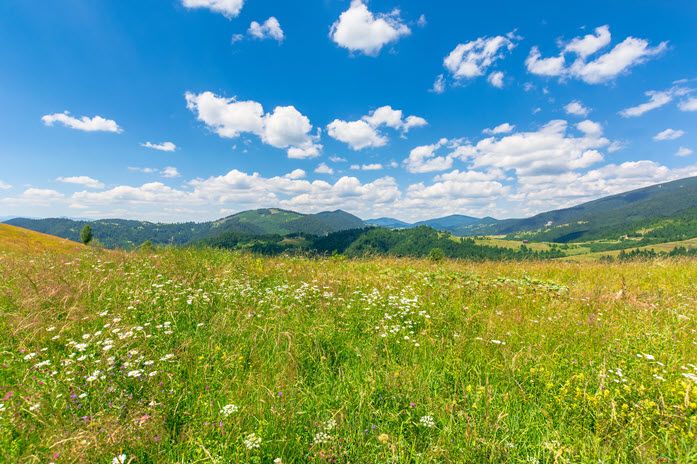Exploring Genstat: From soil science to statistical excellence
Dr. Manfred Kayser
04 January 2022
As an agriculturist and soil scientist working for the University of Göttingen and Vechta in Germany I use Genstat quite regularly, mainly for fairly standard applications.
Discovering Genstat: A statistical companion on my journey
After my first degree in Agriculture and several years of applied field work research I continued my studies in England at the Soil Science Department at Reading University doing an MSc course that included Geostatistics and Multivariate Analysis. It was then that I first learned to know Genstat and its historical background. Later, back in my Institute in Germany I started to apply Genstat in on-going research projects and have relied on it ever since. I use Genstat to analyse a range of field experiments on nutrient cycling in grassland, arable fields and crop rotations, and I need to apply analysis of variance, mixed models, time series, multivariate analysis, regression analyses, etc. I still try out new applications when the research question demands it and find a practical solution.
The reliability of Genstat: A well-documented tool for agriculture and ecology
For me it helps that Genstat is very well documented and often has case studies that are close to my area of expertise, namely agriculture and ecology. The menus have been gradually developed and very much improved, which also helps to quickly check stuff (time is often scarce). I find Genstat reliable and what I particularly like is the no-nonsense approach on how to check model assumptions, on comparing means or on the use of multiple comparisons of means, and the alternative use of polynomial contrasts, for example. We all know that even if it looks easy, it can be difficult.
Embracing flexibility: Multiple approaches in statistical analysis
To me the starting point when thinking about statistics is not the formula, not the model, but the research question and the hypotheses – that needs to make sense first. Then there are data and I like to think that there is not only one single way to analyse that, but that there are different approaches depending on what questions you ask. That can border at the philosophical and here is where I think that investing some thought can help. Most students just want to know how analysis is done in a technical way and ask for the single “right” way and they are slightly irritated when I say, “Well, you can do it in different ways: it depends on what you want to know and how you pose the question”.
Genstat: Enabling curiosity and exploration in research
I work in a University environment. Genstat helps me to try out what students and co-workers did and see if it makes sense at all, or suggest how to do it in a different way. The good thing about Genstat is that you can't go wrong with it; it simply doesn't do it when it doesn't make sense. It provides a proper application of statistical procedures: to know what you do and what you want. Genstat helps me to concentrate on the research question and the ideas behind the research. In the end, the idea is to find out more about processes and relationships in the natural world; and to stay curious. That is why we do research …. and use statistics.
About the author
PD Dr. Manfred Kayser is a Senior Researcher with the University of Göttingen and is Head of Laboratory for the Geo-Lab of the University of Vechta. He grew up on a family farm in northwest Germany and has been working as a part-time farmer for most of his life. Manfred holds several degrees in Agriculture and Soil Science and has worked in agricultural research for over 30 years now. The focus of this research is on nutrient cycling and biodiversity in agricultural systems, mainly grassland and forage, and on investigating ways of making them more sustainable.
Popular
Related Reads
